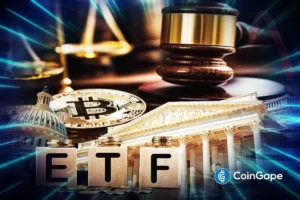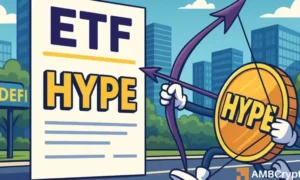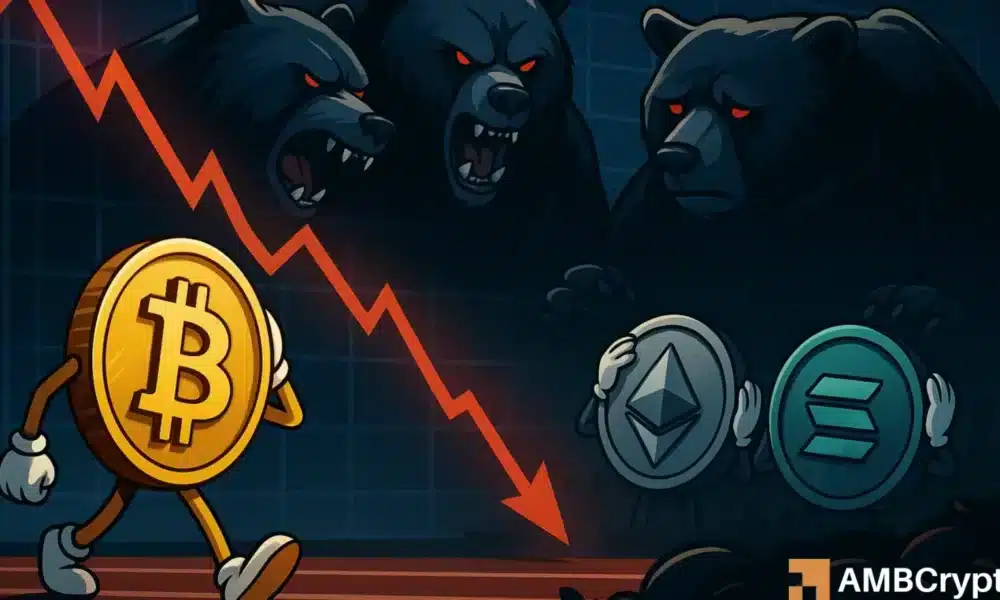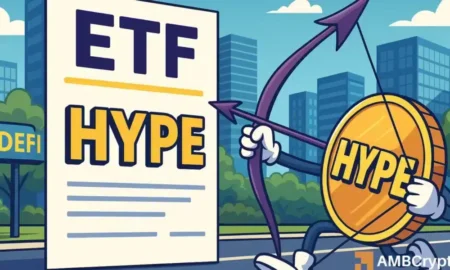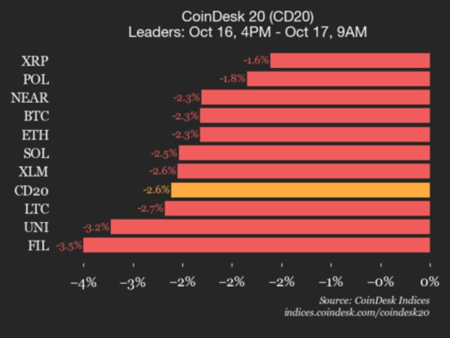Recent Trends in Bitcoin and Ethereum ETFs: Significant Outflows Amid Market Volatility
In recent months, Bitcoin and Ethereum exchange-traded funds (ETFs) have experienced notable shifts in investor sentiment, marked by substantial outflows. According to data from Farside Investors, these trends reflect a cautious atmosphere within the cryptocurrency market, impacted by macroeconomic uncertainties and other pressing factors. This article will explore the implications of these outflows for the future of Bitcoin and Ethereum ETFs.
Major Outflows in Bitcoin ETFs
Data indicates that Bitcoin ETFs are grappling with significant outflows, totaling a staggering $530.9 million. Ark Invest’s ARKB leads the charge with $275.2 million in withdrawals, signaling considerable investor caution. Fidelity’s FBTC followed with $132 million, while Grayscale’s GBTC reported $45 million in outflows. BlackRock’s IBIT wasn’t spared either, with $29.5 million in withdrawals. Smaller funds such as Grayscale’s BTC, Bitwise’s BITB, and VanEck’s HODL also contributed to the growing sentiment of risk aversion in the market. The notable sell-off coincided with Bitcoin trading at $105,396.98, a 4.14% decline over 24 hours as per CoinMarketCap. This collective retreat presents an alarming trend that could reshape market dynamics.
Ethereum ETFs Under Pressure
Ethereum ETFs are not immune to this trend. As reported by Farside Investors, net outflows reached millions across various funds. Grayscale’s ETHE exhibited the largest withdrawals, tallying at $69 million. Other notable outflows included EtheReal ETHW with $15.8 million and Fidelity’s FETH at $11.6 million. While several smaller funds also faced outflows, the only bright spot was BlackRock’s ETHA, which recorded inflows of $46.9 million. This pattern of withdrawal underscores a growing sentiment among investors who are reassessing their cryptocurrency positions, further complicating the landscape for Ethereum ETFs amidst Bitcoin’s downturn.
Impact of Macroeconomic Factors
The current market tension is not solely driven by changes in the cryptocurrency landscape but is significantly influenced by macroeconomic uncertainties. Ongoing developments, such as the U.S. government shutdown and fluctuating tariffs, contribute to a sense of instability, affecting investor confidence. As cryptocurrency markets are often sensitive to broader economic conditions, these factors can amplify reactions, leading to pronounced trends like the observed ETF outflows. Investors appear to be trimming their exposure, highlighting the need for a cautious approach in this volatile environment.
A Shift in Investor Sentiment
The significant outflows from Bitcoin and Ethereum ETFs signal a shift in investor sentiment, suggesting that many are playing it safe during these uncertain times. This cautious behavior could indicate a period of consolidation within the cryptocurrency sector. While pockets of selective buying still exist, overall enthusiasm appears diminished as investors reevaluate their strategies in light of the prevailing unpredictability. Should investor confidence waver further, we could see an extended period of subdued activity in these markets.
The Road Ahead for Bitcoin and Ethereum ETFs
Looking ahead, the stability of Bitcoin and Ethereum ETFs hinges on multiple factors. For Bitcoin, reclaiming the $115,000 mark is pivotal in establishing a sense of market confidence. If Bitcoin can secure this key threshold, investors might be more inclined to re-enter, potentially leading to a recovery in ETF inflows. Additionally, developments in governmental policy and tariff negotiations will undoubtedly continue to influence market dynamics. The interplay between these factors will be critical in determining the trajectory for both Bitcoin and Ethereum ETFs.
Conclusion: Navigating Through Uncertainty
In summary, the landscape for Bitcoin and Ethereum ETFs is currently strewn with caution and uncertainty, as evidenced by recent outflows. With significant withdrawals from leading funds and a mixed appetite among institutional investors, the road to recovery remains complicated. Investors are keeping a close eye on critical market indicators as they navigate the complexities of macroeconomic conditions. The potential for a rebound exists, but it requires a careful approach to foster renewed confidence in these digital assets. As market dynamics evolve, stakeholders must remain vigilant and responsive to emerging trends and fundamental shifts in investor behavior.
